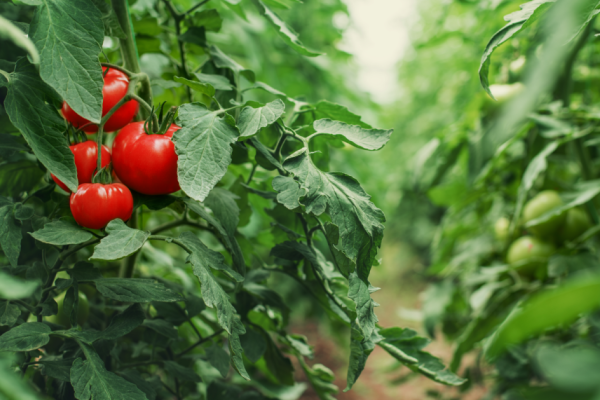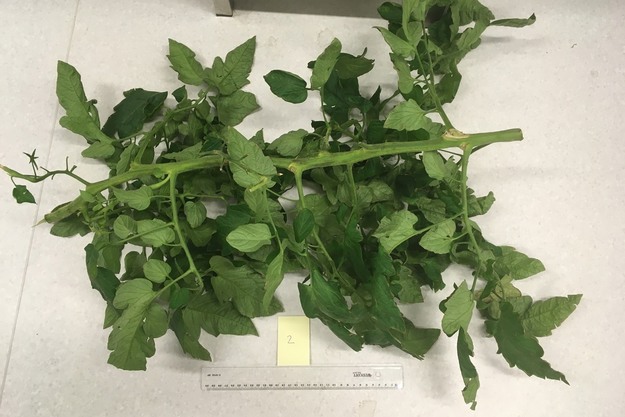Tomato leaves, typically discarded as a waste stream in greenhouse horticulture, could become a valuable protein source. Researchers at Wageningen University & Research (WUR) have successfully extracted RuBisCO protein from tomato leaves, opening possibilities for new applications in plant-based food production.
The leaves contain up to twenty-seven percent protein on dry weight, much of it in the form of RuBisCO, an enzyme essential for photosynthesis and abundant in all green plants. In pure form, the enzyme is neutral in aroma, color, and flavor, with a complete amino acid profile and functional properties comparable to egg protein, making it attractive for plant-based foods.
"Much of the protein in tomato leaves consists of RuBisCO. That is an important enzyme for photosynthesis as it helps the plant capture CO₂ from the air. Ideally, you can turn this protein into a dish similar to tofu. But that's a way off," says Marietheres Kleuter, who conducted the work as part of her PhD at Wageningen University & Research. "In our experiments, the extracted protein remained green due to the chlorophyll, which isn't ideal. People aren't used to green protein, but if you use it in shakes or as a dietary supplement, for example, the colour is less of a problem." © Wageningen University & Research
© Wageningen University & Research
Extraction challenges
Kleuter's research highlights the hurdles that still limit practical application. "There are still many factors that make extraction difficult," she explains. "An important one is that the cell walls in the leaves form a physical barrier, making it difficult to extract the protein. The composition of the cell walls also changes as the leaves get older. That reduces the yield of extracted protein, especially from the older leaves."
Protein degradation is another challenge. "In our trials, we turned off two genes that are responsible for the production of such proteases. That worked: protein degradation was inhibited, but not until the very end of the growth period," Kleuter adds. Proteomics analysis has since revealed more genes involved in protein content and extractability, creating opportunities for plant breeders to develop tomato varieties with higher, more stable protein levels.
Filtering out toxins
Earlier work by WUR demonstrated that toxins can also be removed during extraction. In 2022, researchers used a process first applied to sugar beet leaves to isolate RuBisCO from tomato leaves, filtering out smaller components such as hydroxytomatine.
"Our method filters out the components that are smaller than the protein we want to extract, and this includes many toxins," says Marieke Bruins, senior scientist in protein technology at WUR. "Our study proves that you can achieve substantial gains in sustainability by making better use of what you already have." © Wageningen University & Research
© Wageningen University & Research
Scaling up with greenhouse growers
Scaling up remains the next step. "That could mean working with greenhouse horticulture businesses, or businesses that use plant-based proteins as inputs. These might include producers of dairy and meat substitutes," Bruins notes.
With forty to fifty tonnes of crop residues, such as leaves and stems, generated per hectare of sugar beet and tomato cultivation every year, much of it currently composted or ploughed back into the soil, the ability to capture protein from these streams could provide greenhouse growers with a higher-value outlet.
While industrial application is still distant, WUR's research underlines the potential to transform greenhouse residues into functional proteins, aligning with the global push toward circularity and more sustainable protein sources.
For more information:
Wageningen University & Research
Marieke Bruins
Marietheres Kleuter
[email protected]
www.wur.nl
